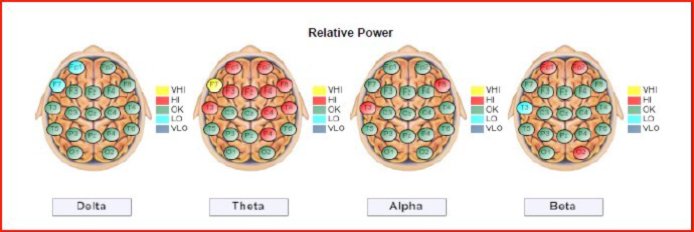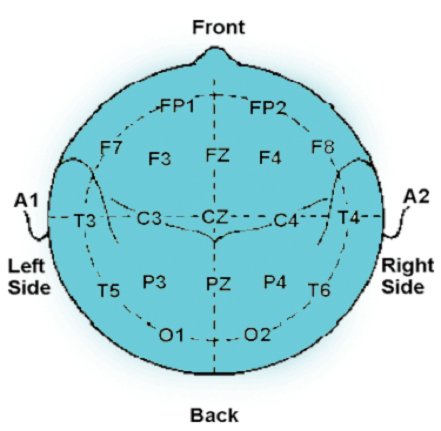What is Neurofeedback?
Neurofeedback is a medication free approach to measuring and treating the electrical activity of the brain. It has been found to be helpful for a wide range of conditions, including ADHD, Anxiety, Depression, Traumatic Brain Injury, Autism Spectrum Disorder, sleep issues, and problems in Peak Performance. HVCNF offers neurofeedback therapy in their offices in Poughkeepsie, Dutchess County, New York.
Neurofeedback therapy (NFT) is a noninvasive method of providing an individual with real-time information about their brains’ performance. With its foundation in basic and applied neuroscience as well as in professional and clinical practice, NFT offers a way to identify patterns of the brain’s performance and a means of conditioning the brain to be more relaxed, efficient, and effective.
Our practice always begins with an objective assessment of brain’s electrical activity using a quantitative electroencephalogram (qEEG). Using a cap which measures 19 specific locations of brain activity, we assess the brain’s baseline electrical patterns. Through the process of artefacting, non EEG signals are removed from a client record. The clean QEEG is then submitted to a data base which compares the current set of signals to a normative EEG pattern. This computer objective comparison produces a brain map. The brain map informs us as to the significant differences between the client and someone of similar age, handedness, and gender. These differences pinpoint the location of brain wave patterns that are not similar to the norm, as well as communication patterns that are not working as well as the norm. This information leads to the development of a treatment approach which will enable us to begin to reduce/eliminate symptoms and problems.
Using the data from our analysis while aiming to reach the goals of our clients, we begin the training process. Sensors are placed on the scalp and feed information to our computer system that amplifies and records the brains’ activity. Based on the principles of learning and clincian guidance, the information is fed back to our clients in the form of visual or auditory information. This information is used by the brain to begin the process of change.
- Neurofeedback begins with measurement.
- Sensors are placed at 19 locations on the scalp: eight for each hemisphere and 3 down the mid line.
- A cap is used to hold the sensors in place.
- The sensors measure frequencies, the strength of these frequencies (power), and the communication patterns among the various sites.
- The obtained brain waves are mathematically transformed (the EEG becomes a quantitative eeg, QEEG), and the resultant mathematical equivalents are compared to a data base. The data base is composed of brain wave activities from a normal sample of children and adults free of cortical and psychiatric problems.
- The comparison leads to a creation of a brain map which pin points areas of departure from normal.
- Examination of the brain map then leads to the development of a treatment protocol.

A portion of a brain map from a client. The colors tell us the extent to which the brain wave frequencies are within or not within normal limits. Green indicates normal limit functioning; red/yellow tells us there is too much of that frequency, while shades of blue demonstrate a lack of that frequency.
Doing Neurofeedback Treatment
- Up to 1-4 sensors are placed on the scalp to areas corresponding to locations which showed significant departures from normal.
- The therapist selects parameters which will enable a sense of success and which will enable the brain to begin to regulate.
- The client views a screen which shows an animation, a dvd, or the data of the treatment.
- The client is asked to be still, not blink too often, maintain muscle relaxation, and to attend to the information on the screen.
- The client is informed that the animation or dvd will continue as long as the brain works in the expected fashion.
- With continued exposure to the feedback, the brain begins to regulate and functioning improves.
- With improvement, the therapist continues to adjust the parameters, making it more challenging to obtain the feedback.
- Other areas of the brain may be selected once the original set of locations has shown sufficient regulation.
- Session treatment length is about 20 minutes; we recommend at least 2 sessions per week. Total treatment duration can be as few as 10 sessions and as many as 60-100 or more with severe dysregulation.
- Once the brain is regulated, it tends to stay that way.
- Medication use is reduced and/or eliminated.Approximately 80-90% of all cases show significant improvement following treatment.

